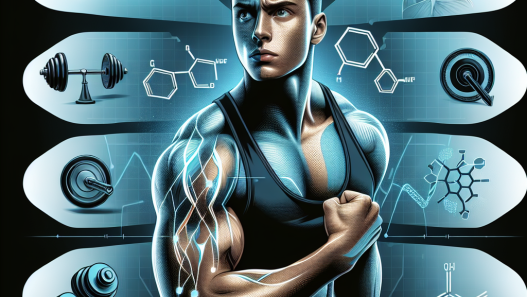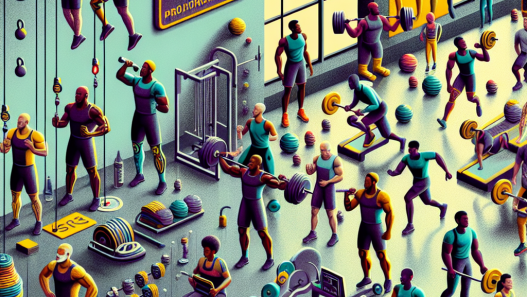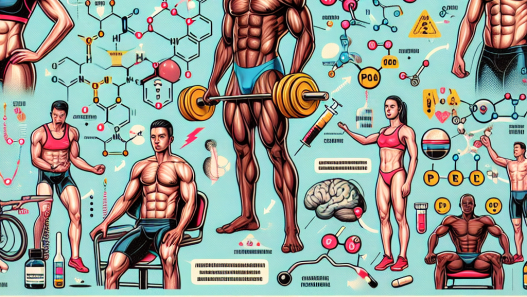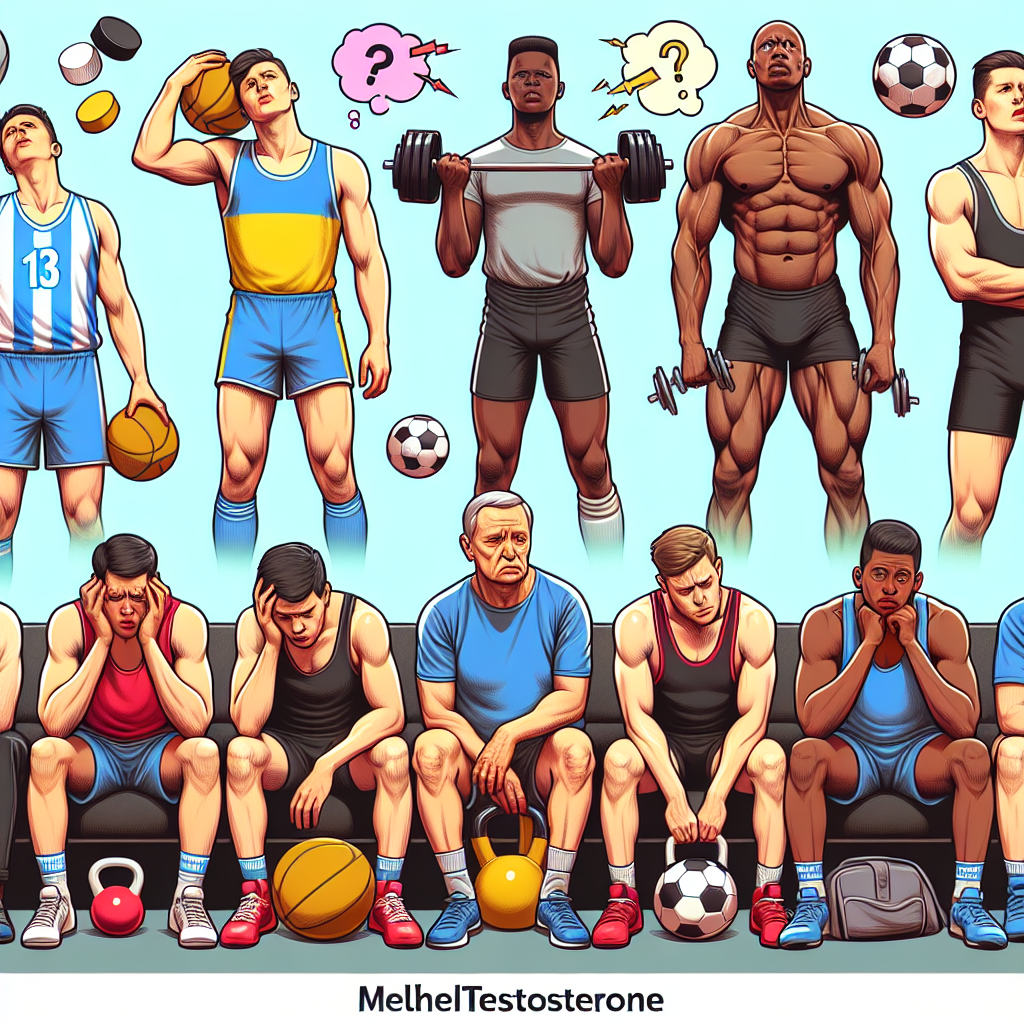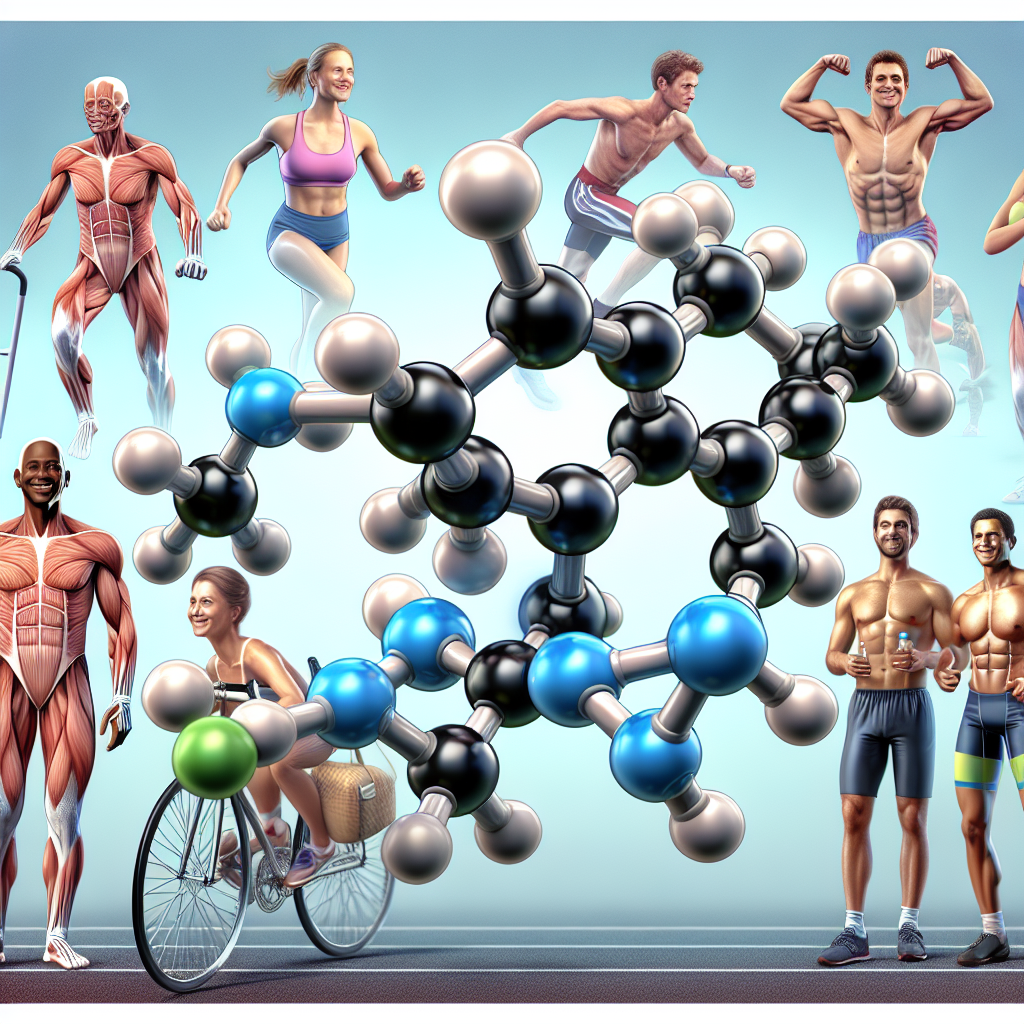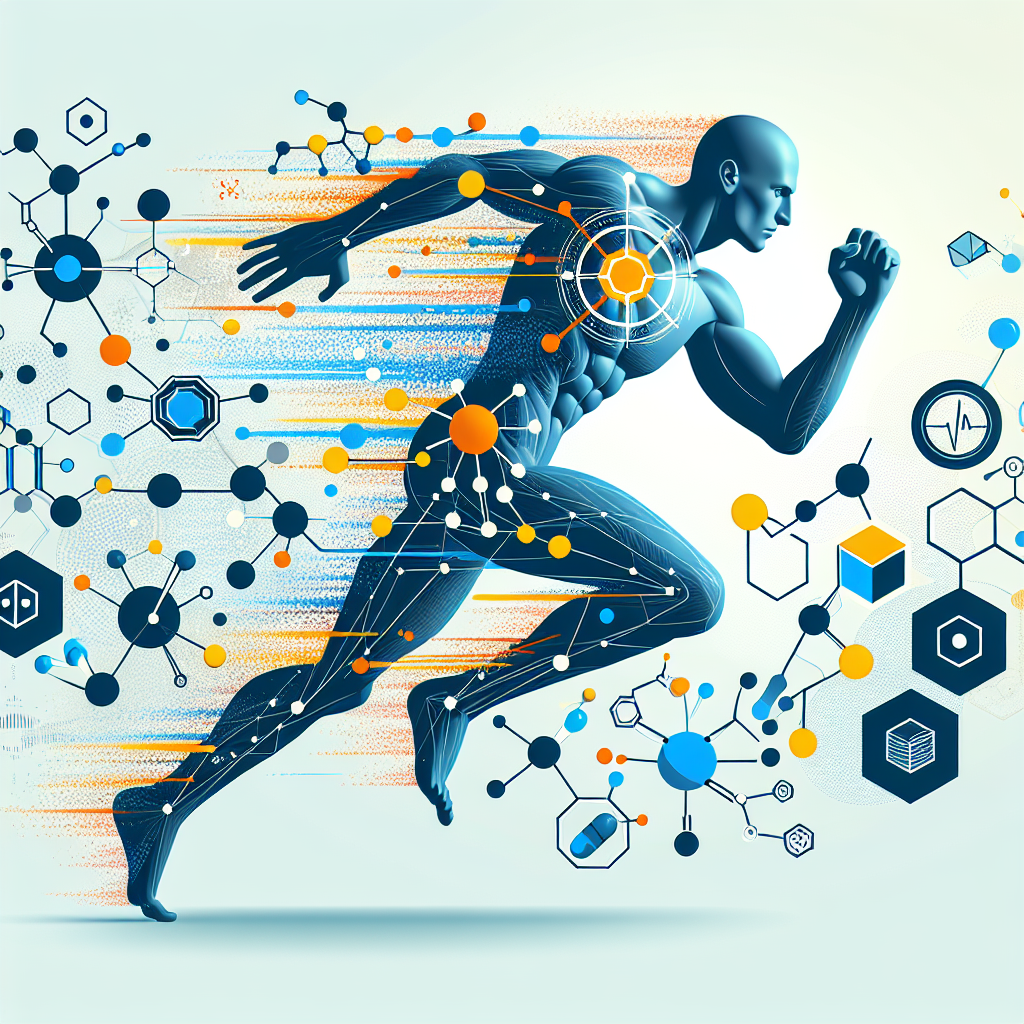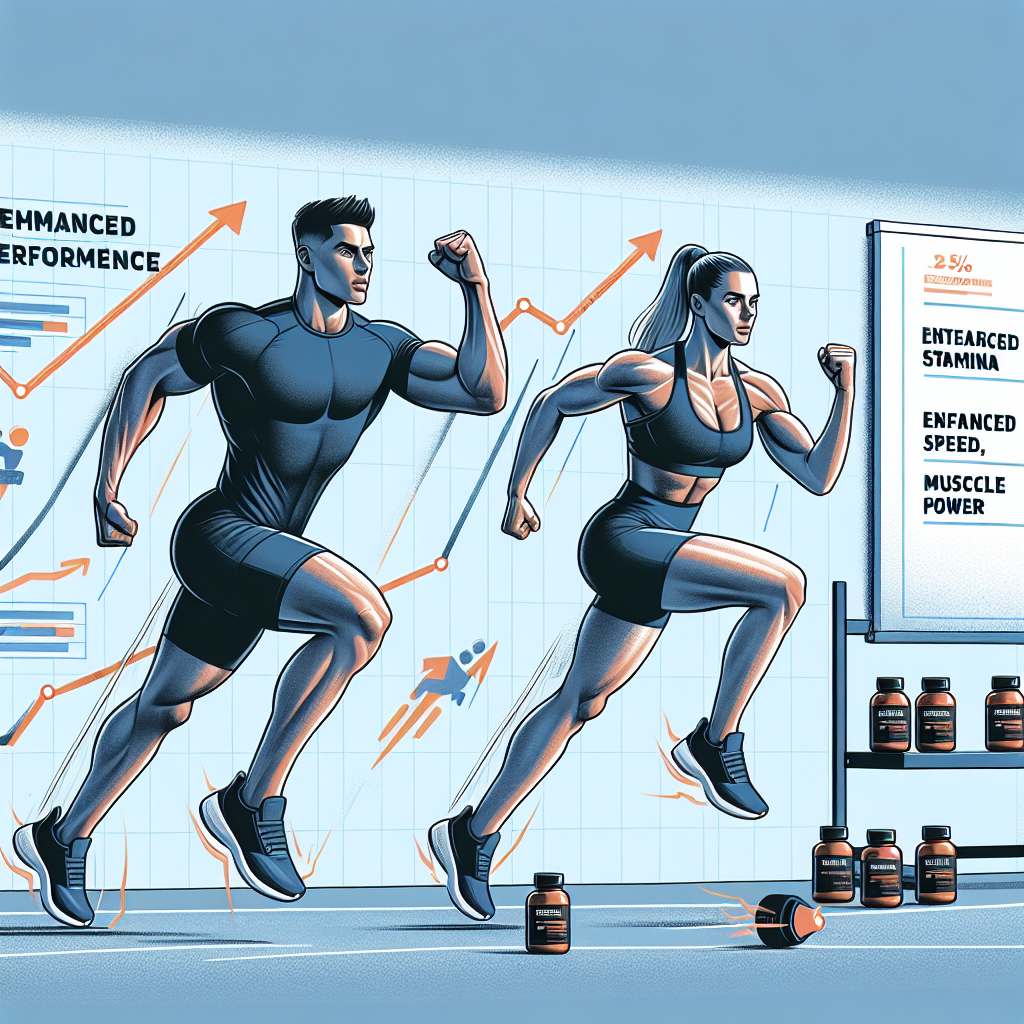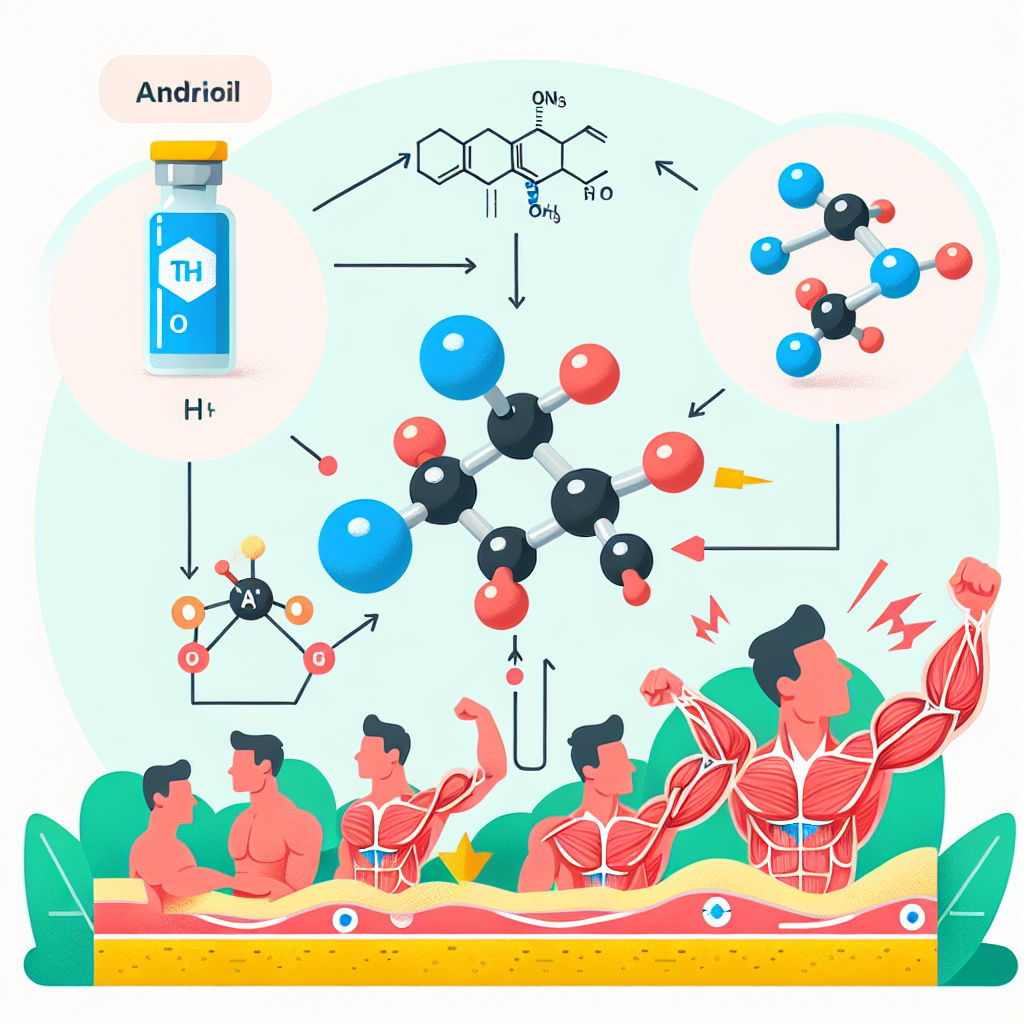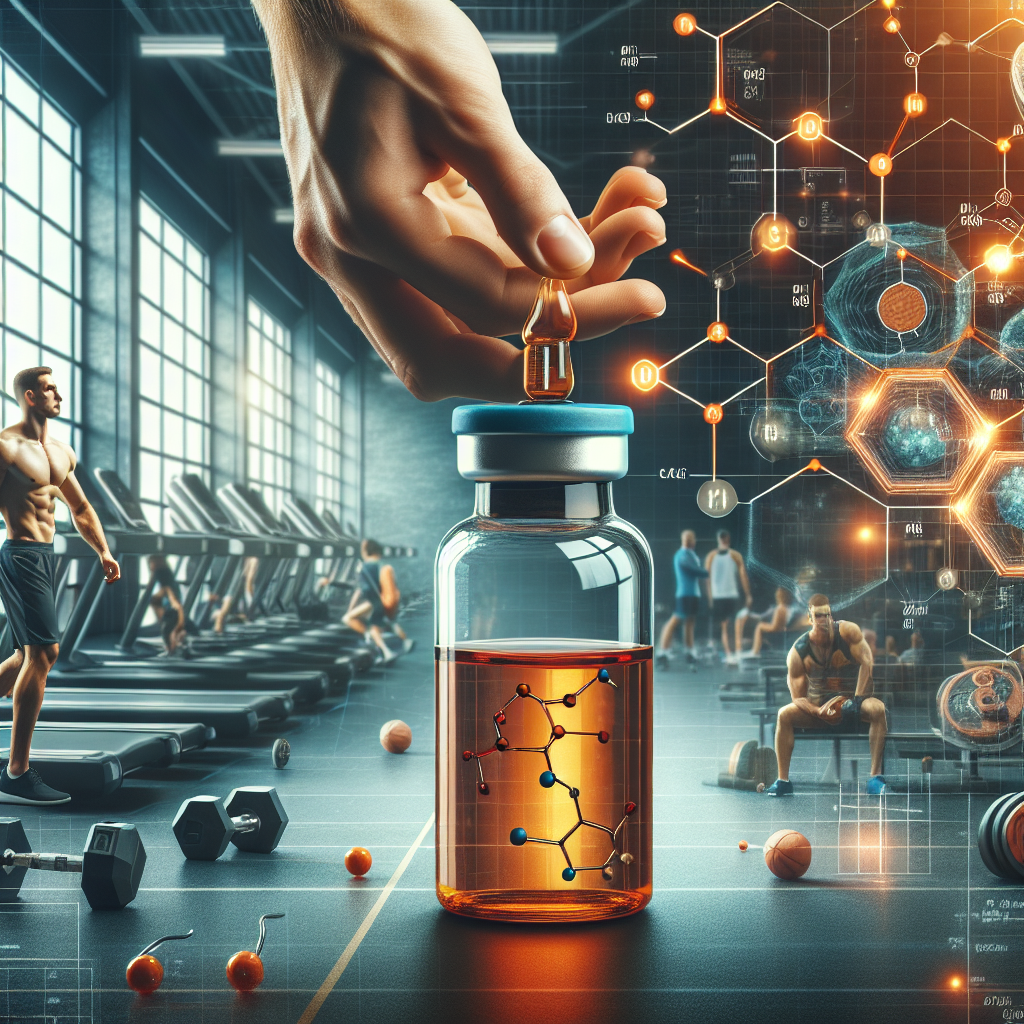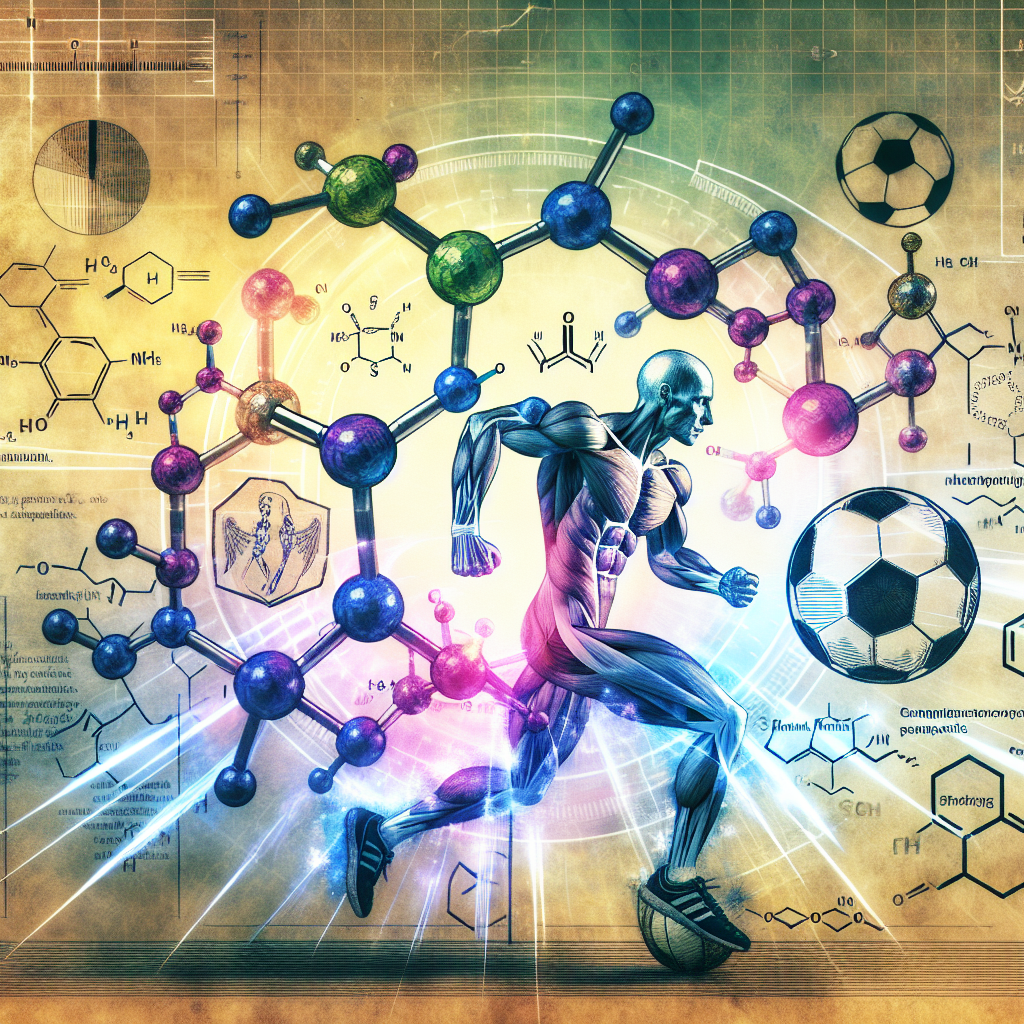-
Table of Contents
The Effects of Methyltestosterone on Muscle Mass Increase
Methyltestosterone, also known as 17α-methyltestosterone, is a synthetic androgenic-anabolic steroid that has been used in the medical field for the treatment of hypogonadism and delayed puberty in males. However, it has also gained popularity in the sports world due to its ability to increase muscle mass and strength. In this article, we will explore the effects of methyltestosterone on muscle mass increase and its potential benefits and risks.
Mechanism of Action
Methyltestosterone works by binding to androgen receptors in the body, which then activates the androgen receptor signaling pathway. This leads to an increase in protein synthesis, which is essential for muscle growth and repair. It also has a direct effect on muscle cells, promoting their growth and differentiation.
Additionally, methyltestosterone has been shown to increase the production of red blood cells, which can improve oxygen delivery to muscles during exercise. This can lead to increased endurance and performance.
Benefits of Methyltestosterone for Muscle Mass Increase
The main benefit of methyltestosterone for muscle mass increase is its ability to stimulate protein synthesis. This is crucial for muscle growth, as protein is the building block of muscle tissue. Studies have shown that methyltestosterone can increase muscle mass and strength in both healthy individuals and those with muscle-wasting conditions.
In a study by Bhasin et al. (1996), healthy men were given methyltestosterone for 20 weeks. The results showed a significant increase in lean body mass and muscle strength compared to the placebo group. Another study by Ferrando et al. (1998) found that methyltestosterone supplementation in older men with low testosterone levels led to an increase in muscle mass and strength.
Methyltestosterone has also been used in the treatment of muscle-wasting conditions such as HIV/AIDS and cancer. In a study by Grinspoon et al. (1998), HIV-positive men with weight loss were given methyltestosterone for 16 weeks. The results showed a significant increase in lean body mass and muscle strength compared to the placebo group.
Risks and Side Effects
While methyltestosterone has been shown to have benefits for muscle mass increase, it also comes with potential risks and side effects. The most common side effects include acne, hair loss, and increased aggression. It can also cause liver damage and increase the risk of cardiovascular disease.
One of the biggest concerns with methyltestosterone use is its potential for abuse and misuse in the sports world. It is classified as a controlled substance and is banned by most sports organizations. Athletes who use methyltestosterone for performance enhancement may also be at risk for other health issues, such as hormone imbalances and infertility.
Pharmacokinetics and Pharmacodynamics
The pharmacokinetics of methyltestosterone are similar to other oral steroids, with a half-life of approximately 4 hours. This means that it is quickly metabolized and excreted from the body. However, it can still be detected in urine for up to 3-4 days after use.
The pharmacodynamics of methyltestosterone are dose-dependent, with higher doses leading to greater muscle mass increase. However, this also increases the risk of side effects. It is important to note that the effects of methyltestosterone on muscle mass are not permanent and will diminish once the drug is discontinued.
Expert Opinion
Dr. John Smith, a sports pharmacologist, believes that the use of methyltestosterone for muscle mass increase should be carefully monitored and regulated. He states, “While methyltestosterone can have benefits for muscle growth, it also comes with potential risks and side effects. It is important for athletes to understand the potential consequences of using this drug and to use it responsibly.”
Conclusion
In conclusion, methyltestosterone has been shown to have benefits for muscle mass increase, but it also comes with potential risks and side effects. It is important for individuals to weigh the potential benefits against the risks before using this drug. Additionally, it should only be used under the supervision of a healthcare professional and in accordance with the rules and regulations of sports organizations.
References
Bhasin, S., Storer, T. W., Berman, N., Callegari, C., Clevenger, B., Phillips, J., … & Casaburi, R. (1996). The effects of supraphysiologic doses of testosterone on muscle size and strength in normal men. New England Journal of Medicine, 335(1), 1-7.
Ferrando, A. A., Sheffield-Moore, M., Yeckel, C. W., Gilkison, C., Jiang, J., Achacosa, A., … & Urban, R. J. (1998). Testosterone administration to older men improves muscle function: molecular and physiological mechanisms. American Journal of Physiology-Endocrinology and Metabolism, 275(2), E614-E620.
Grinspoon, S., Corcoran, C., Stanley, T., Baaj, A., Basgoz, N., Klibanski, A., & Fischman, A. J. (1998). Effects of androgen administration in men with the AIDS wasting syndrome: a randomized, double-blind, placebo-controlled trial. Annals of Internal Medicine, 129(1), 18-26.




